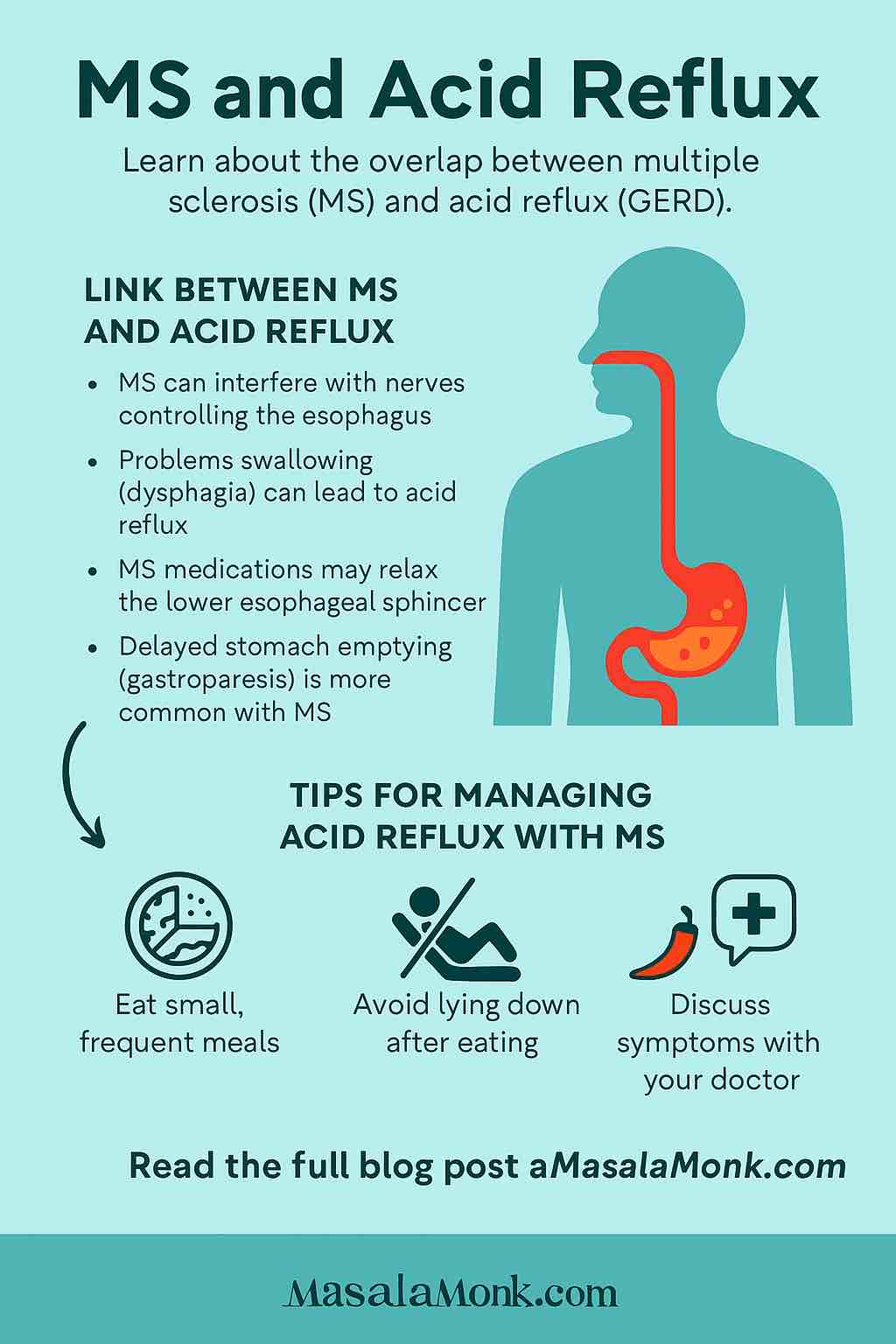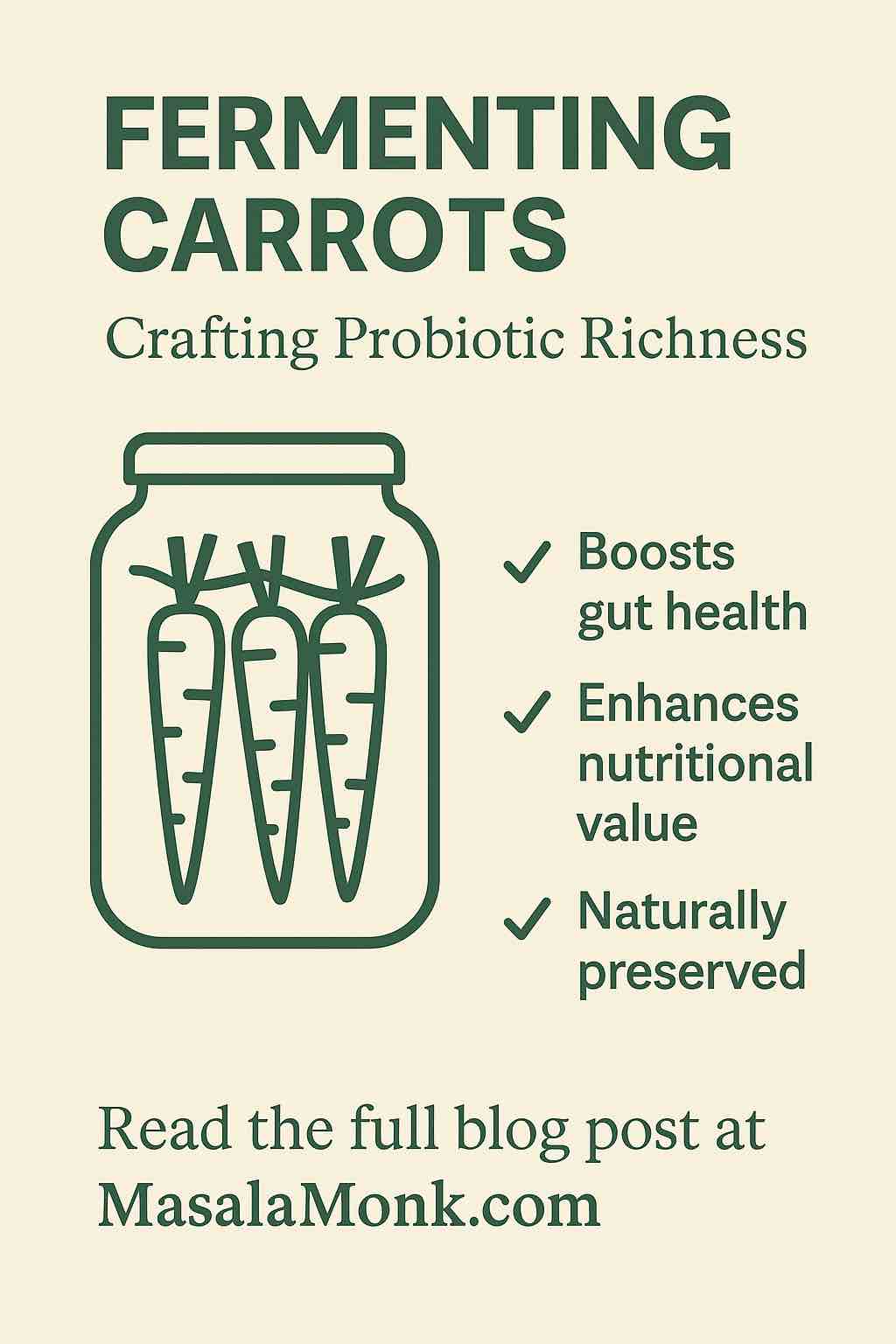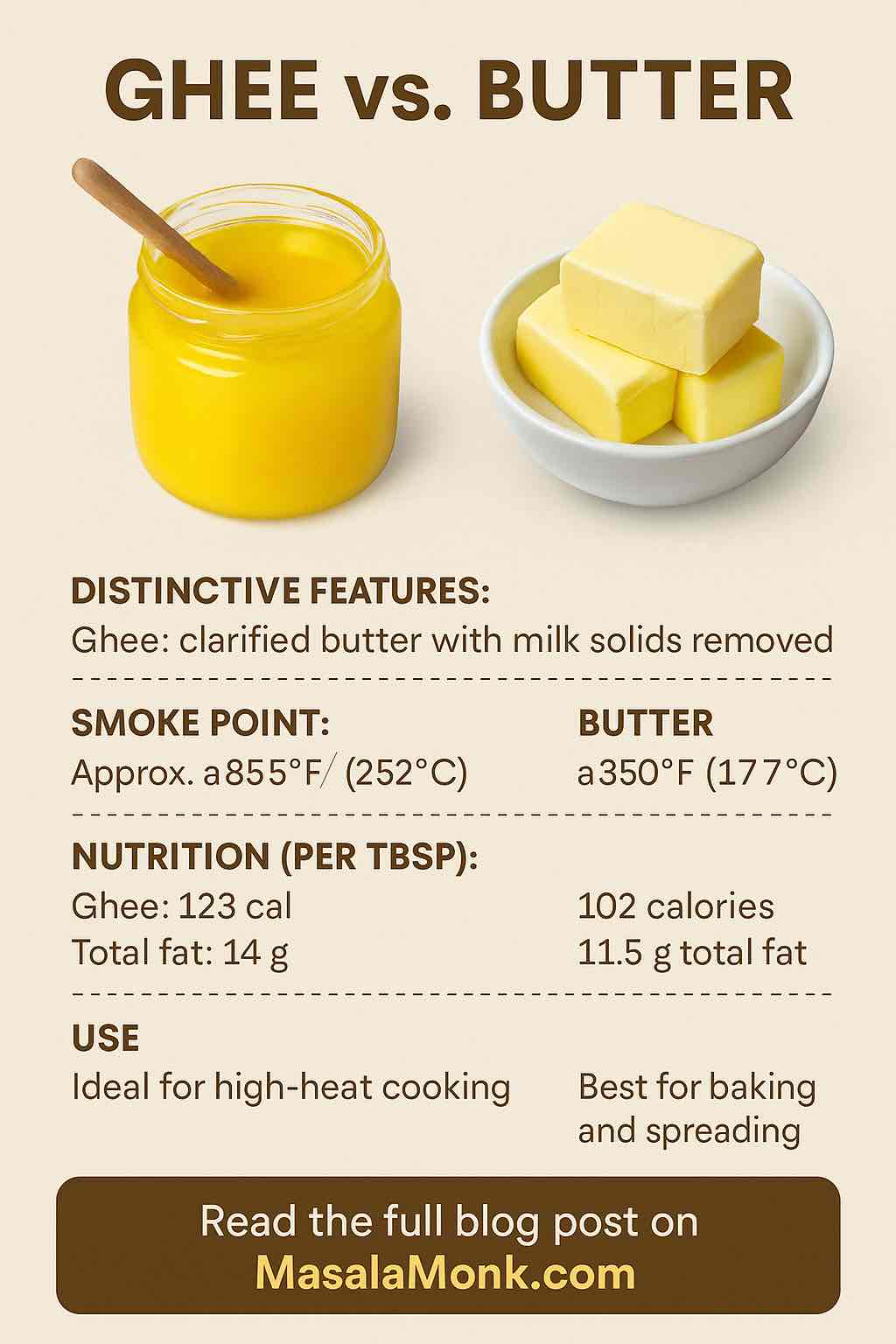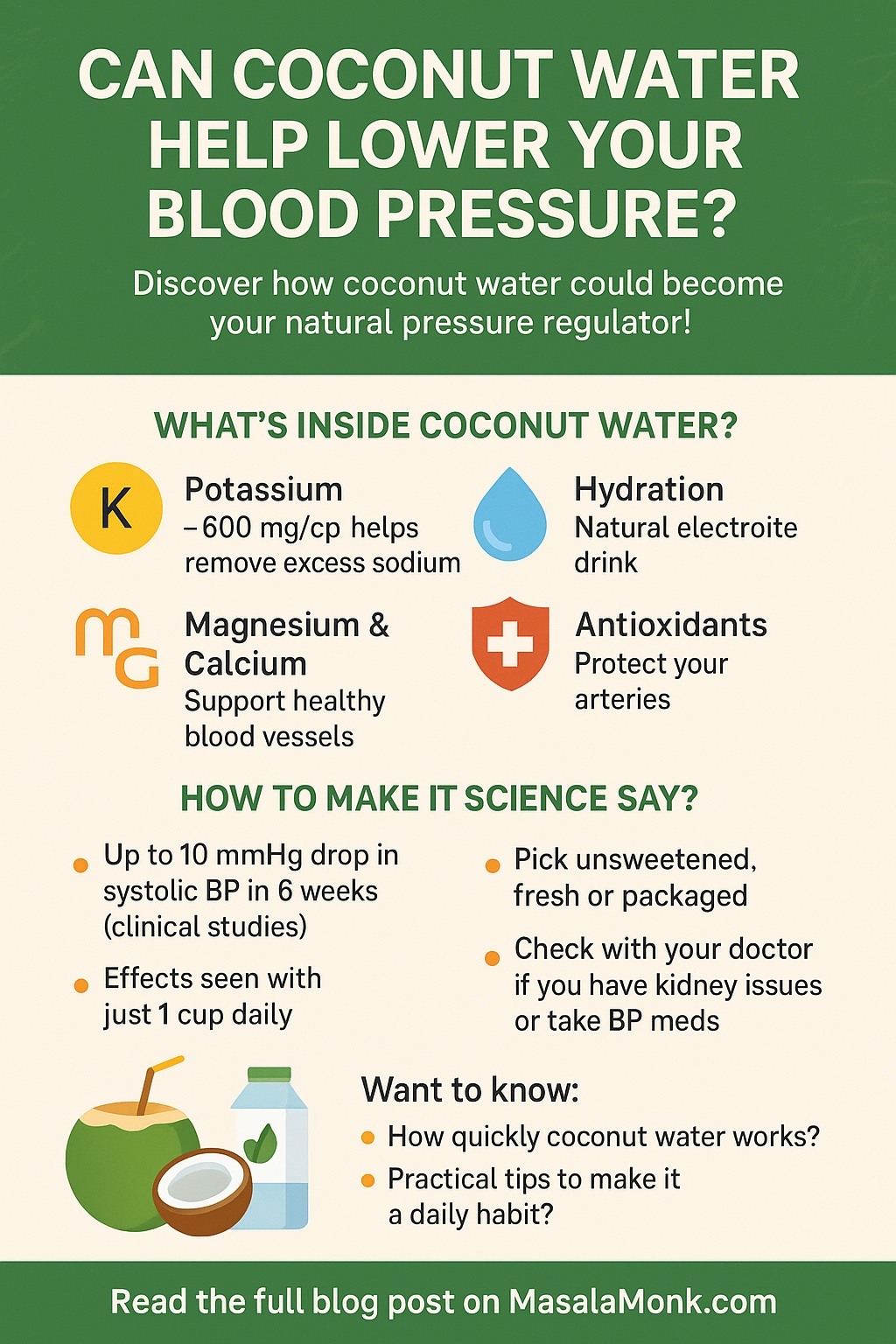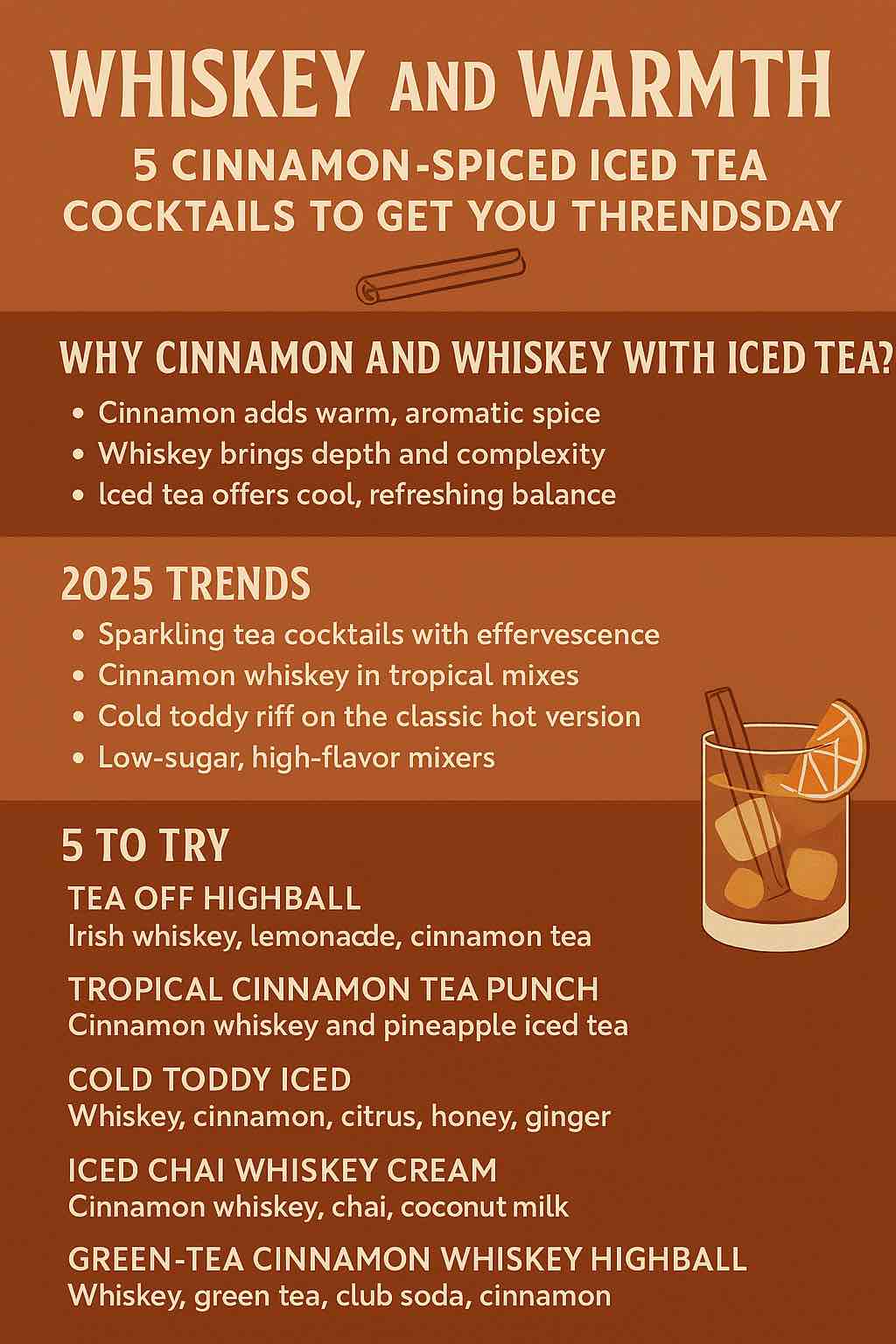
There’s something magical about the collision of heat and chill—a glass that cools your hand but warms your heart. When the midweek slump hits, and you crave both refreshment and comfort, cinnamon-spiced iced tea cocktails with whiskey are the answer. This isn’t your grandma’s sweet tea, nor is it just whiskey on the rocks. It’s an intentional fusion: cozy, aromatic spices meet the smooth bite of whiskey and the crisp snap of iced tea. Welcome to a world where Wednesday feels like the weekend.
Why Cinnamon and Whiskey with Iced Tea?
Let’s get nerdy for a second: cinnamon is packed with warm, sweet, and slightly woody notes. Whiskey, especially bourbon or rye, adds caramel, vanilla, and subtle spice. Black or green teas bring tannins and earthiness, while iced service keeps everything lively. When married together, you get a cocktail that’s cooling and refreshing, yet deeply satisfying—a drink for all seasons, but especially that awkward, restless middle of the week.
The 2025 Trends: What’s New?
Before we get to the recipes, here’s what’s trending right now:
- Sparkling tea cocktails: Fizzy tea is huge this year, adding effervescence to classic pairings.
- Cinnamon whiskey in tropical mixes: Cinnamon-spiked whiskey (think Fireball or Jack Daniel’s Tennessee Fire) isn’t just for winter—it’s getting play in summer punches and fruity teas.
- The “Cold Toddy”: Inspired by the classic hot toddy, but adapted for iced service—perfect for those who want a little warmth without turning on the kettle.
- Low-sugar, high-flavor: Natural sweeteners and bold spices take the place of syrupy mixes.
5 Cinnamon-Spiced Iced Tea Whiskey Cocktails
1. Tea Off Highball (New Classic)
Why it works: This is summer in a glass, but cinnamon-spiked for depth. The lemonade keeps it bright, while the whiskey and tea ground it with flavor.
What you need:
- 2 oz Irish whiskey (Bushmills is great)
- 3 oz strong black tea, chilled (infuse with 1 stick cinnamon per cup)
- 1.5 oz fresh lemonade
- ½ oz simple syrup (or honey syrup, optional)
- Ice
- Lemon wheel & cinnamon stick for garnish
How to make:
- Brew the tea hot with a cinnamon stick, cool and chill.
- Fill a tall glass with ice.
- Add whiskey, tea, lemonade, and syrup. Stir well.
- Garnish with lemon wheel and a cinnamon stick.
Pro tip: For a fizzy version, use sparkling lemonade!
2. Tropical Cinnamon Tea Punch
Why it works: Cinnamon whiskey and pineapple? Trust us—this one’s a party. Great for sharing.
What you need:
- 1.5 oz cinnamon whiskey (Fireball, Jack Daniel’s Fire, or make your own)
- 3 oz tropical fruit iced tea (pineapple, mango, or passionfruit blends)
- 1 oz pineapple juice
- ½ oz lime juice
- Club soda (to top)
- Pineapple wedge & mint for garnish
How to make:
- In a shaker, combine whiskey, tea, pineapple juice, and lime. Shake with ice.
- Strain into a tall glass filled with fresh ice.
- Top with club soda, garnish with pineapple wedge and mint.
Pro tip: Add fresh muddled ginger for extra zing!
3. Cold Toddy Iced
Why it works: All the comfort of a hot toddy, none of the sweat. Balanced and nuanced.
What you need:
- 2 oz rye or bourbon whiskey
- 3 oz Earl Grey or black tea (brewed strong)
- ½ oz honey
- 1 slice orange
- 2 thin coins of fresh ginger
- 2 dashes aromatic bitters
- 1 cinnamon stick
How to make:
- Brew tea with cinnamon stick and ginger, then chill.
- In a glass, muddle orange with honey.
- Fill glass with ice, pour in whiskey, tea, bitters. Stir to combine.
- Garnish with fresh cinnamon stick and orange slice.
Pro tip: Try smoked cinnamon for extra drama!
4. Iced Chai Whiskey Cream
Why it works: Creamy, spicy, and sweet—like a dessert in a glass.
What you need:
- 1.5 oz cinnamon whiskey
- 2 oz strong chai tea (cooled)
- 1 oz coconut milk or half & half
- ½ oz maple syrup
- Ice
- Ground cinnamon, for dusting
How to make:
- Shake whiskey, chai, coconut milk, and maple syrup with ice.
- Strain into a glass of fresh ice.
- Dust lightly with cinnamon.
Pro tip: Rim the glass with cinnamon-sugar for extra flair.
5. Green-Tea Cinnamon Whiskey Highball
Why it works: Light, fresh, and just a bit spicy—the new wave of tea cocktails.
What you need:
- 1.5 oz whiskey (Japanese or Scotch works beautifully)
- 4 oz cold-brewed green or jasmine tea (infused with a pinch of cinnamon)
- Club soda
- Mint sprig & cinnamon stick for garnish
How to make:
- Build whiskey and tea over ice in a tall glass.
- Top with club soda.
- Garnish with mint and cinnamon.
Pro tip: Try with sparkling green tea for trendiness and refreshment.
Practical Tips for Home Mixologists
- Make cinnamon tea ice cubes: Freeze brewed, spiced tea in ice cube trays—no more watered-down cocktails.
- Prep ahead: Batch the tea and refrigerate for up to 3 days.
- Garnish boldly: Cinnamon sticks, orange peel, fresh mint, or a sprinkle of ground spice bring your cocktails to the next level.
- Adjust sweetness: Use honey, agave, or maple to suit your taste.
Wrapping Up: Wednesday Never Tasted So Good
Whether you need a solo pick-me-up or a pitcher for friends, these cinnamon-spiced iced tea whiskey cocktails are easy to master and endlessly customizable. Use what you have, tweak the ratios, and experiment with teas and whiskeys until you find your signature blend.
Wednesday is no longer just a hurdle—it’s a reason to mix up something special.
Did you try one of these recipes? Share your photos and twists in the comments!
Tag your creation with #WhiskeyAndWarmth on social media and let’s see your midweek magic.
Thirsty for more? Let me know if you want a deep-dive into homemade cinnamon syrups, nonalcoholic variations, or food pairings for these cocktails!
10 FAQs and Answers
1. Can I use any type of whiskey for these cocktails?
Yes! Bourbon, rye, Irish, Scotch, or even cinnamon-flavored whiskey all work. Bourbon brings sweetness, rye adds spice, Irish is smoother, and Scotch gives smoky or floral notes. Match the whiskey to your tea and personal taste.
2. What teas work best for cinnamon-spiced iced tea cocktails?
Strong black teas (like Assam, Ceylon, or Earl Grey) are classic, but green tea, chai, jasmine, or tropical tea blends all make delicious bases. Just avoid weak or overly delicate teas, as they can get lost with the whiskey and spices.
3. How do I make cinnamon-infused tea?
Add a cinnamon stick (or two) to your hot tea as it steeps, letting it infuse for 5–10 minutes. For a stronger flavor, simmer the cinnamon in water before adding your tea bags or leaves. Cool before mixing with whiskey.
4. Can I batch these cocktails for a party?
Absolutely! Mix the tea, whiskey, sweetener, and juice (if using) in a pitcher, then chill. Add ice, sparkling mixers, and garnishes just before serving to keep everything fresh and fizzy.
5. Is there a non-alcoholic version of these cocktails?
Yes. Simply leave out the whiskey and add extra spiced tea, a splash of apple juice or ginger beer, or use non-alcoholic whiskey alternatives for the same flavor profile.
6. What’s the best way to sweeten these cocktails?
Honey, simple syrup, agave, or maple syrup all work. Start with a small amount and adjust to taste. Maple or honey pair especially well with cinnamon and whiskey flavors.
7. Can I use ground cinnamon instead of cinnamon sticks?
It’s better to use sticks for infusing, as ground cinnamon can make the drink gritty. If you only have ground cinnamon, mix it into a syrup first or sprinkle lightly as a garnish.
8. How do I keep my iced tea cocktails from becoming diluted?
Use large ice cubes or freeze extra tea as ice cubes. This way, as the ice melts, it keeps the drink strong instead of watering it down.
9. Are these cocktails suitable for year-round drinking?
Yes! They’re cooling in summer but the spice and whiskey make them comforting in cooler weather too. You can also serve warm versions (without ice) in fall or winter.
10. What garnishes work best with cinnamon-spiced iced tea cocktails?
Cinnamon sticks, citrus slices (lemon, orange), apple wedges, mint sprigs, and even a dusting of ground cinnamon or nutmeg. Garnishes add aroma, flavor, and make the drink feel special.

